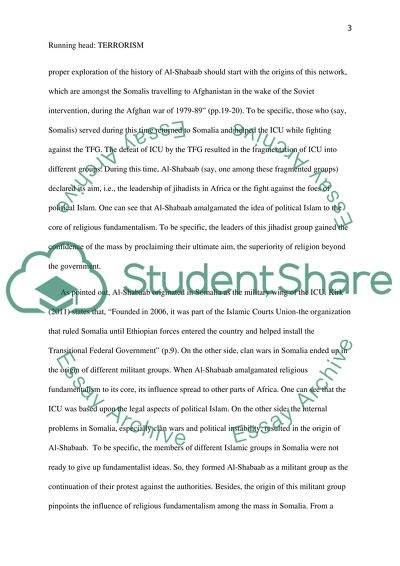Cite this document
(“Terrorism Research Paper Example | Topics and Well Written Essays - 2500 words”, n.d.)
Terrorism Research Paper Example | Topics and Well Written Essays - 2500 words. Retrieved from https://studentshare.org/military/1650012-terrorism
Terrorism Research Paper Example | Topics and Well Written Essays - 2500 words. Retrieved from https://studentshare.org/military/1650012-terrorism
(Terrorism Research Paper Example | Topics and Well Written Essays - 2500 Words)
Terrorism Research Paper Example | Topics and Well Written Essays - 2500 Words. https://studentshare.org/military/1650012-terrorism.
Terrorism Research Paper Example | Topics and Well Written Essays - 2500 Words. https://studentshare.org/military/1650012-terrorism.
“Terrorism Research Paper Example | Topics and Well Written Essays - 2500 Words”, n.d. https://studentshare.org/military/1650012-terrorism.


